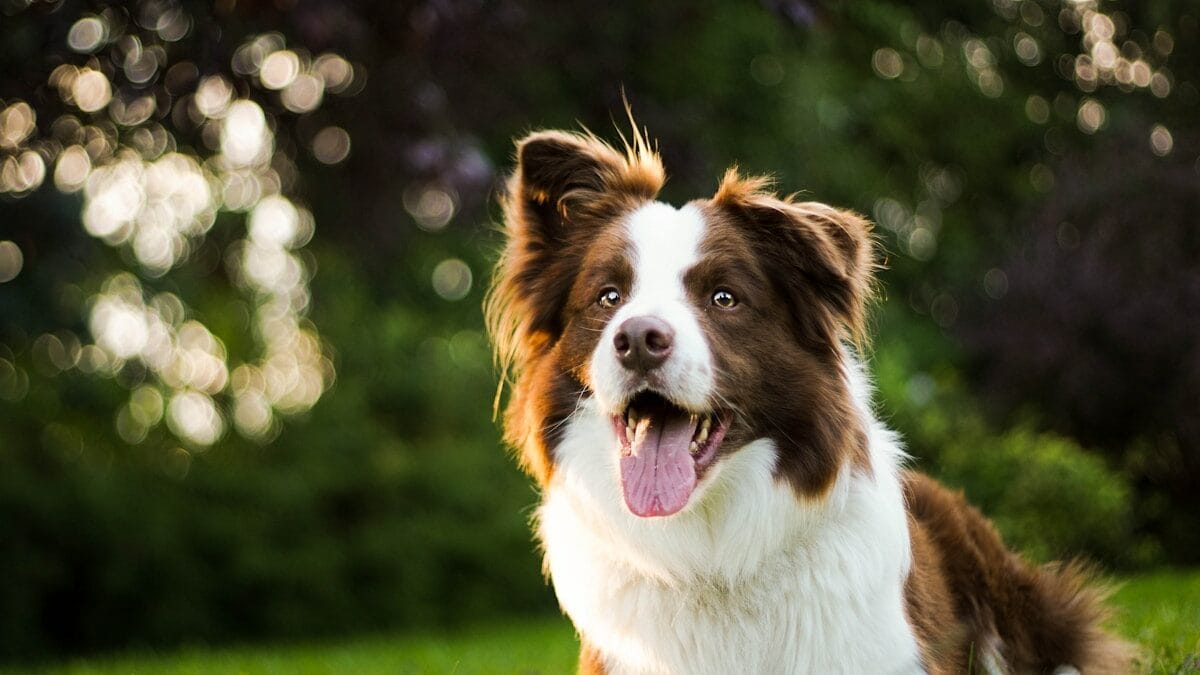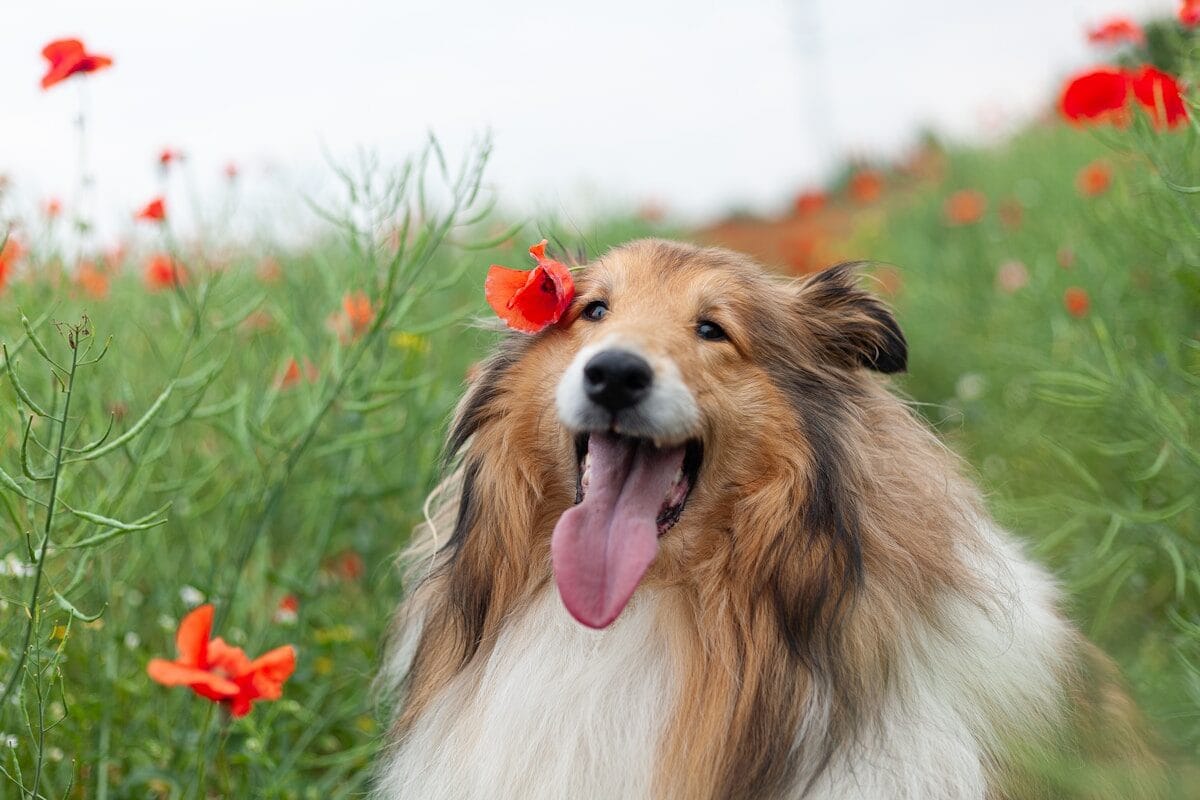How to Reduce Dog Shedding: Great Tips Every Dog Owner Could Apply at Home
If you love your dog, you know that shedding is a natural part of a dog’s life cycle. We curated a few tips and regular grooming tools that every dog owner could apply at home.

As much as we love our dogs, dealing with their shedding can be one of the less glamorous aspects of being a dog lover. Whether you have a short-haired or long-haired breed, dog hair can end up everywhere, from your clothes to your furniture and even in your food.
If , like me, you adopted a rescue dog, you already know the joys of having a loyal companion and the constant battle against pet hair on your clothes, furniture, and floors. No matter the size or breed, all dogs shed to some extent, and for many of us, that means sweeping, vacuuming, and lint rolling far more often than we’d like. But here’s the good news: with the right grooming routine, a few smart tools, and some simple home strategies, you can dramatically cut down on shedding and reclaim your space.
We invite you to explore easy, effective tips to manage dog hair at home, from brushing techniques and deshedding tools to shampoos that actually work. Whether you’re dealing with a fluffy golden retriever or a sleek short-haired pup, these practical tips will help keep both your dog and your home looking their best.

Tips on Shedding Your Dog
So, how often should you brush your dog to reduce shedding and what tools and products are actually effective? Let’s break it down. Brushing your dog regularly is one of the best ways to manage shedding. The frequency depends on your dog’s breed, coat type, and activity level. Here’s a general guideline:
- Short-haired breeds: Dogs like Beagles, Boxers, and Dachshunds typically shed less and require brushing once a week.
- Medium to long-haired breeds: Breeds like Golden Retrievers, Labradors, and Border Collies, with thicker or longer coats, need brushing two to three times a week, especially during shedding season.
- Double-coated breeds: Dogs like Huskies, Shepherds, and Malamutes have a dense undercoat that sheds heavily twice a year, but brushing them every other day during shedding seasons can help reduce hair buildup.

Even if your dog sheds year-round, regular brushing helps by catching loose hairs before they end up around the house.
Brushing also stimulates the skin, promoting healthy circulation and a shinier coat. After all, your dog appreciates any excuse to be with you!
Do Undercoat/De-shedding Brushes Work?
Yes! Undercoat brushes and deshedding tools are highly effective for dogs with thick undercoats. These brushes are designed to penetrate deep into the fur to remove dead hair from the undercoat, which is the main source of shedding in many breeds.

For example, a Furminator is a popular tool that has a specialized blade to remove loose hairs while leaving the topcoat intact. While it’s important to use these tools with care (over-brushing can damage the coat or irritate the skin), they can significantly reduce shedding and minimize the amount of hair around your home.
If you have a dog that sheds heavily, investing in a high-quality undercoat brush is a must. They work wonders in removing stubborn hair that regular brushes may leave behind.
Special Shampoos to Reduce Your Dog Shedding

While shampoos alone won’t completely stop shedding, they can help manage it. Deshedding shampoos are formulated to loosen dead hair and make it easier to brush out. These shampoos usually contain moisturizing ingredients that keep your dog’s skin healthy, preventing dryness and irritation that can worsen shedding.
However, while shedding-specific shampoos can help, they should be used in combination with regular brushing for the best results. You should also avoid over-bathing your dog as this can strip the natural oils from their coat, which could lead to more shedding and dry skin.
More Tips for Managing Dog Hair at Home
- Regular Vacuuming: Invest in a vacuum designed for pet hair. Look for one with a strong suction power and a pet-specific attachment, like a motorized brush, to pick up hair from carpets and furniture. Vacuuming frequently—at least once a week, or more during heavy shedding periods—will keep pet hair from accumulating.
- Lint Rollers & Pet Hair Removers: Keep lint rollers or a pet hair removal tool on hand for quick touch-ups on clothes, furniture, and car interiors. These tools are inexpensive, portable, and easy to use when you need to get rid of hair in a pinch.
- Maintain a Healthy Diet: A good diet supports a healthy coat and skin, which can reduce excessive shedding. Look for dog foods rich in omega fatty acids, which promote skin health and help minimize shedding. Talk to your vet to ensure your dog is on the right diet for its breed and health needs.
- Hydration & Skin Care: Dry skin can lead to increased shedding, so ensure your dog is drinking enough water. You can also try supplements, such as fish oil or skin care oils, to help nourish your dog’s skin from the inside out.
- Pet Grooming Services: If your dog’s shedding is particularly severe or you’re struggling to keep up with it, consider taking them to a professional groomer. They can offer specialized treatments and thorough grooming, which can go a long way in managing hair around your home.
While shedding is a natural part of a dog’s life cycle, regular grooming and the right tools can help minimize the mess. Brushing your dog often, using the right deshedding tools, and incorporating special shampoos into your grooming routine can make a world of difference. Don’t forget to supplement grooming with other strategies, like frequent vacuuming and a healthy diet, to keep your home and your dog’s coat in tip-top shape.
By understanding your dog’s shedding patterns and adopting the right care habits, you can enjoy all the joys of dog ownership without the hassle of constant hair cleanup.
Do you want to share your story and inspire our readers ? Know that YOUR EXPERTISE is paving the way for a fairer, happier society.




